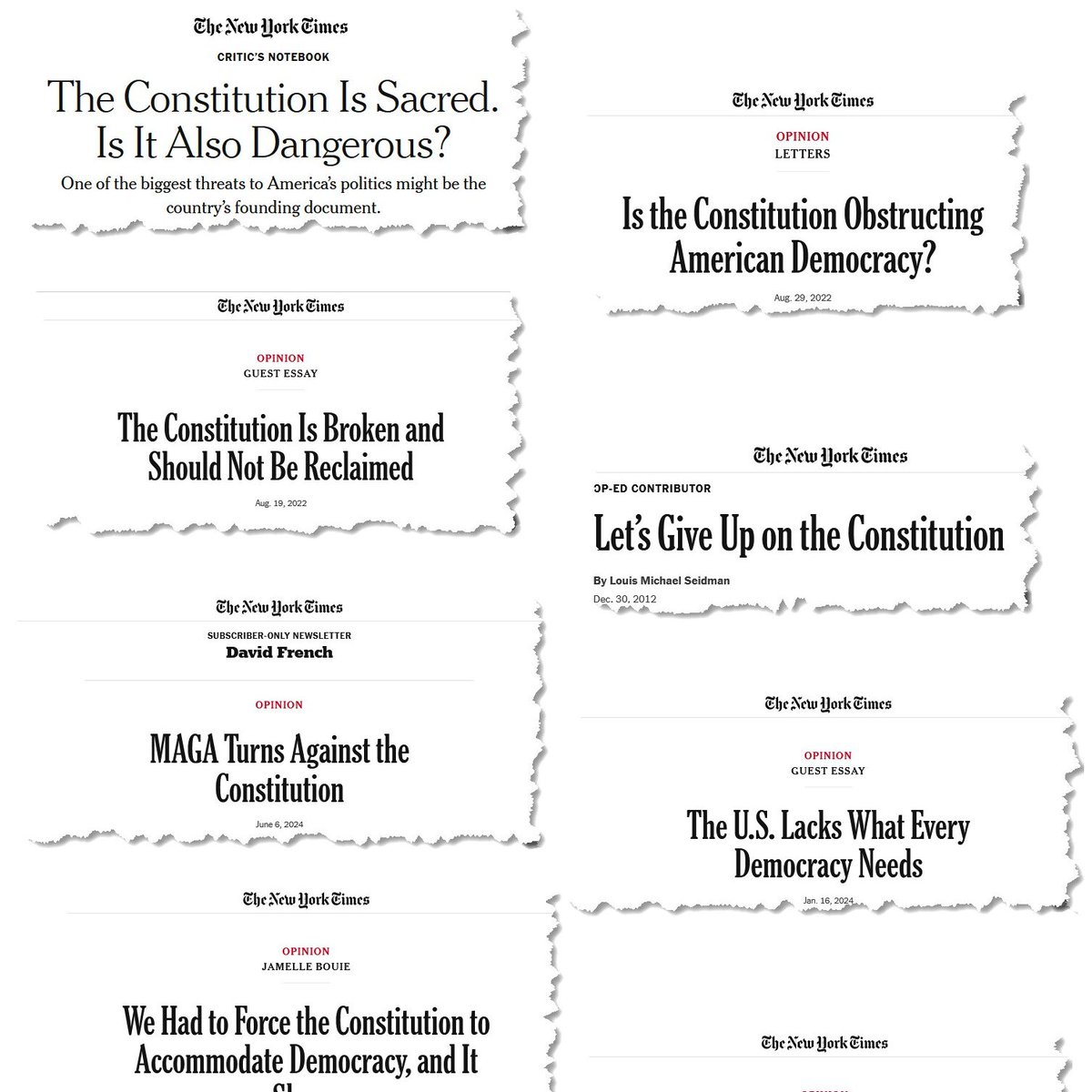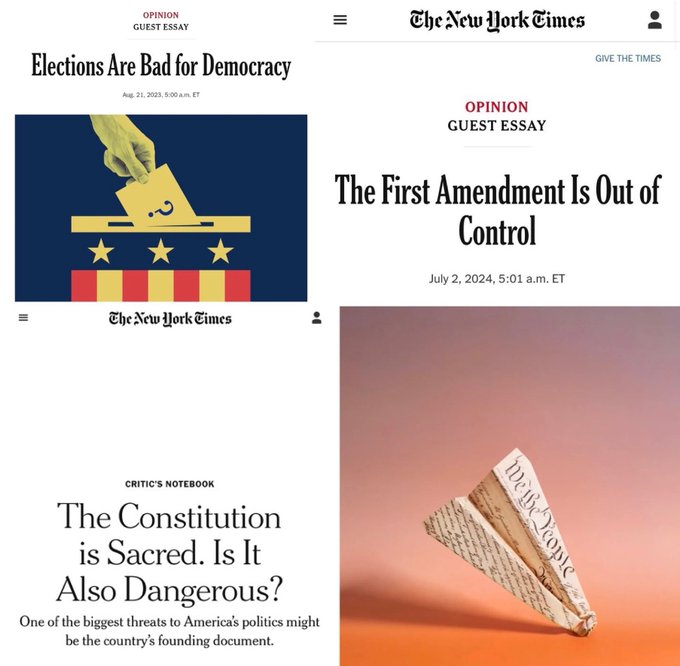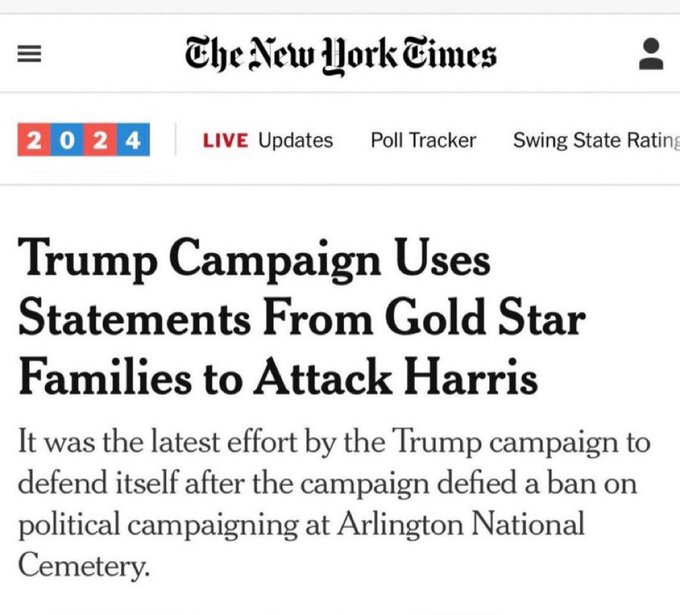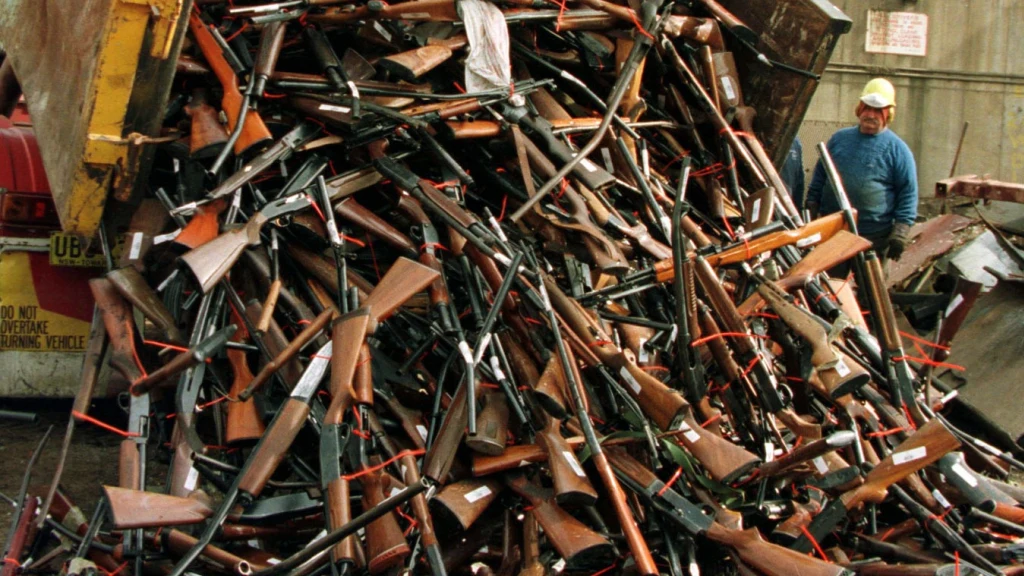Friday Feedback
This week has given me closure on several small projects, all working together to get the right results.
In the old days, each device on the Internet had its individual IP address, today, most devices share their IP address with thousands of other devices. Instead, entire locations hide behind a single IP address.
This is performed with the magic of Network Address Translation (NAT).
To make everything work, I had to have external DNS servers provide the address of a firewall that just happens to perform NAT as well.
That firewall had to be configured to forward allowed ports to a load balancer (HAProxy). Each port of interest being properly configured in the load balancer. The load balancer forwards the traffic to a reverse proxy (Traefik) running a docker swarm over a ceph file system.
Each service within the swarm must be configured within the swarm. The swarm just be configured for networking.
All of this is supposed to “just work”.
It is all working now. Not because it just works. The magic was to start inside a docker container, close to the service, verify that service, then move outward.
Along the way, the local DNS server had to provide overrides so that the firewall didn’t have to do hairpin configurations for each port.
For testing purposes, we had to set up an internal ACME server, which is working wonderfully.
The Vine of Liberty now lives on this new infrastructure. There are only a few more pieces to move, and I will be done with k8s.
My father passed on Wednesday, September 4th, 2024. He joins my mother, who passed earlier this year.
Even though I am over 60, this is hitting me hard. My entire life, I have felt able to reach for my dreams, to risk so much because I knew my parents were there as a safety net.
It appears that my parents created a financial safety net for their grandchildren and children, we are working through the family trauma to make sure everything works out “right”.
We are still looking for somebody to do engagement farming on X/Twitter. If you are interested, please contact me.
It has taken me a while to realize that this is my site now. In the past, I left the politics to Miguel and J.Kb. I have decided to post a few more political articles.
Have a fantastic weekend!













